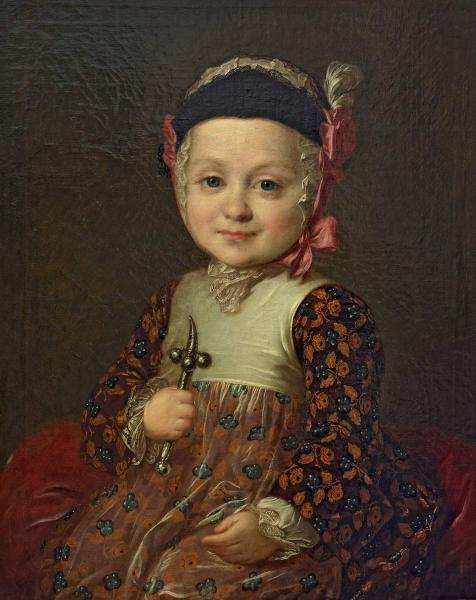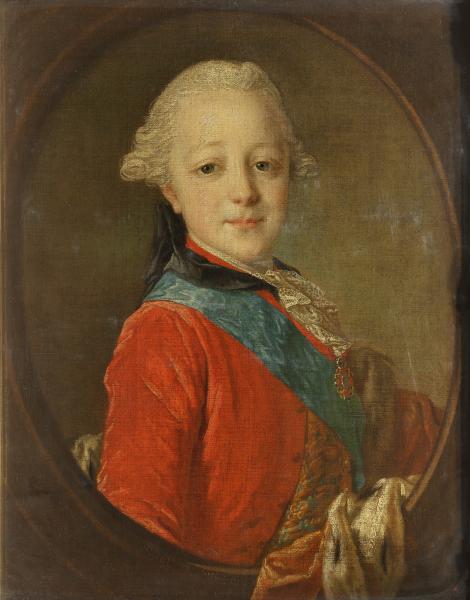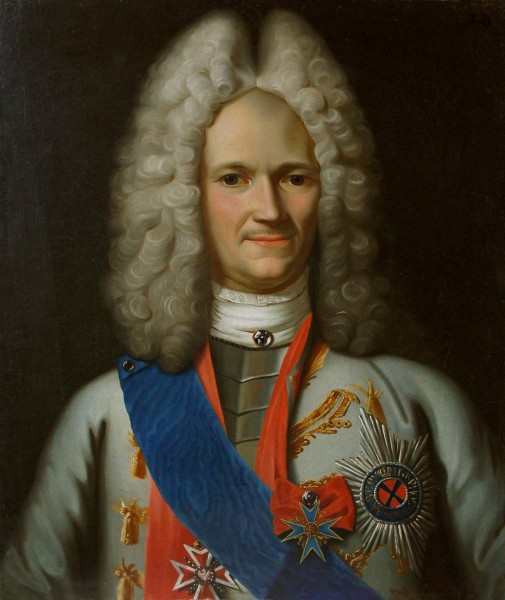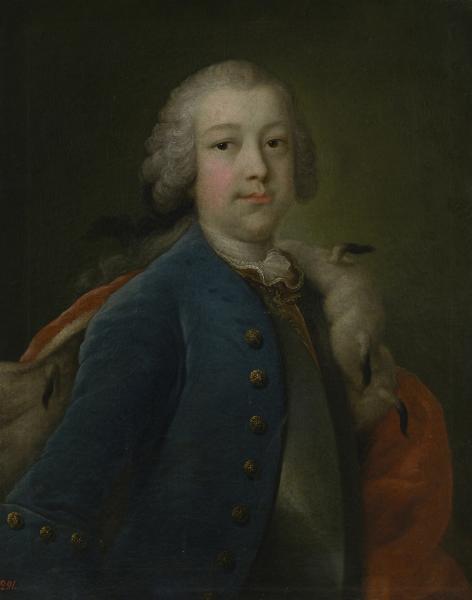The artist is Rokotov

Bobrinsky Alexey Grigoryevich (1762–1813) – illegitimate son of Catherine II and G. G. Orlova. The ancestor of the Bobrinsky clan. Initially brought up in the family of a dressing room (then chamberlain) in. G. Shkurin under the guise of his nephew (son). In 1762-1763, the so -called Bestuzhevsky project was widely discussed in court circles, according to which Catherine was proposed to marry Orlov, and Bobrinsky – "To bring" (legitimize), and during this period he was called Romanov in some cases in some cases. In 1770, in the event of the death of a dangerously ill Grand Duke Paul, the empress intended to declare the Bobrinsky heir to the throne. Under these circumstances for a long time, the name of the boy was not determined. In the 1760s-the first half of the 1770s, it is called either Shkurin or Prince Sitsky (Sitsky-who died out at the end of the XVII in., Close to the Romanov clan). In correspondence, they tried to do without a surname at all, calling the boy that "young man", then "Little master". Only in April 1775, the name Bobrinsky (by the name of the Bobrikovsky volost granted to him in the Tula province) was assigned to him. At the end of the land cadet corps, he was released in the guard. Made a long trip to Russia and the countries of Western Europe. From 1796 count, major general.
For a long time it was believed that the portrait depicts Grand Duke Pavel Petrovich. But according to stylistic and technological features, the portrait dates back to the mid-1760s. Meanwhile, such dating contradicted the previous identification of the portrait: the Grand Duke, born in 1754, was about ten years old at that time, which did not correspond to the age of the child in the portrait. Inconsistent with the traditional definition of the absence of orders that were granted to the Grand Duke five days after birth. With them, by virtue of tradition, it is depicted on all portraits without exception. In favor of the fact that in the sticker the essay and the model for the portrait was not the Grand Duke, a number of arguments testified to. But since the portrait was in the rooms of Catherine II, it is clear that his character had the closest attitude towards the empress.


